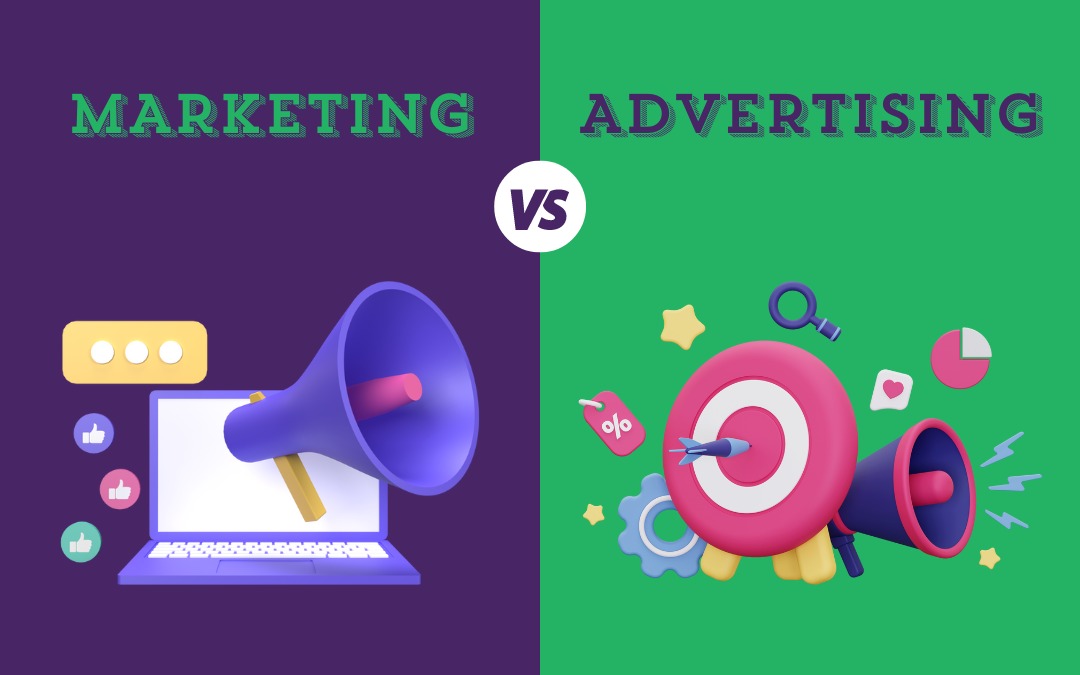“Marketing is no longer about the stuff you make, but about the stories you tell” – Seth Godin
The Progression of Stories and Beliefs
Over time, the essence of history has condensed into tales of mighty kingdoms and their rulers, unique places, and the consequences of wars. In short, while legends may fade, their stories endure. Each retelling shapes a new interpretation, fostering acceptance and eventually, belief.
In the world of such vast evolution, it is not really a surprise that what is seen is not necessarily meant to be true, but rather what is thought on a large scale is accepted as the norm. But through it all, there posed some exceptions, rogue mindsets challenging such patterns, seeking change, which necessarily brought about difference of opinions and opened the world to greater possibilities. This could be evidently spotted in the tough arena of the business world, the tussle of creative elements has redefined traditional marketing practices.
Marketing: The Strategic Lens
Understanding Marketing
Marketing as a function posits the role and the workings of an organisation through a consumer’s lens. The practice of curating a market based on information, resources and consumer needs and producing ideas and innovations to fulfil those needs. One of the most vital segments in business development, it directs the efforts of an organisation towards meeting its objectives using:
- Content Creation: Developing engaging and relevant content tailored to the target audience.
- Data Administration: Managing and analyzing data to inform strategies and decisions.
- Market Trend Observation: Monitoring trends to adapt and stay competitive.
Key Strategies
Marketers use myriad mediums of communication through distinct types of strategies, the most used are:
- Digital Marketing: Implementing marketing strategies on digital platforms, such as search engines, blogs, and websites.
- Social Media Marketing: Focusing on engagement and performance across social media platforms.
- Brand Management: Building and maintaining a brand’s identity through visual elements like logos, tone of voice, and packaging designs.
Marketing Sectors
The different kinds of marketing sectors set different tones of exchange of ideas and information.
- B2B Marketing: Engaging with other businesses to create a specific target audience.
- B2C Marketing: Targeting individual consumers to broaden the audience base.
Advertising: The Tactical Approach
Understanding Advertising
Advertising involves a monetary remittance for the promotion and placement of a message or branding in a particular location. It undertakes the strategic conveyance of an organisation’s programs and products to boost sales and overall retain a greater audience. It forms a one-way channel of communication to spread the word crafted in an ingenious yet formal manner, allowing complete control to the organisation with regards to its formulation and execution.
Advertising facilitates in various degrees:
- Traditional Advertising: Ads in print media, such as newspapers and TV commercials.
- Retail Advertising: Ads displayed in retail outlets to enhance customer retention.
- Online Advertising: Ads on digital platforms and websites, utilizing the vast expanse of the internet.
- Pay-Per-Click Advertising: Ads that generate revenue based on user clicks to an organization’s website.
Marketing Vs. Advertising: The Differentiative Factors
There is a significant distinction between marketing and advertising, despite the latter being a part of the former, the tussle between the elements incepts from this distinction.
Media Structures
Advertising roots within paid media structures, where a publisher is paid to locate ads over specific marketing communications, like, billboards, hoardings, social media paid ads etc whereas marketing encapsulates transition over paid, earned as well as owned media compositions depending upon client requirements and market suitability.
Conceptual Difference
Another fair point of distinction between the two is the portrayal of concepts, where marketing acts as the production house of media, and advertising plays the role of an actor in the said media, both parallelised in general but singular in nature.
Therefore, it can be empirically concluded that marketing as a practice encompasses all the creative beliefs and ecosystems using advertising as the catalyst driving forward the organisation.
